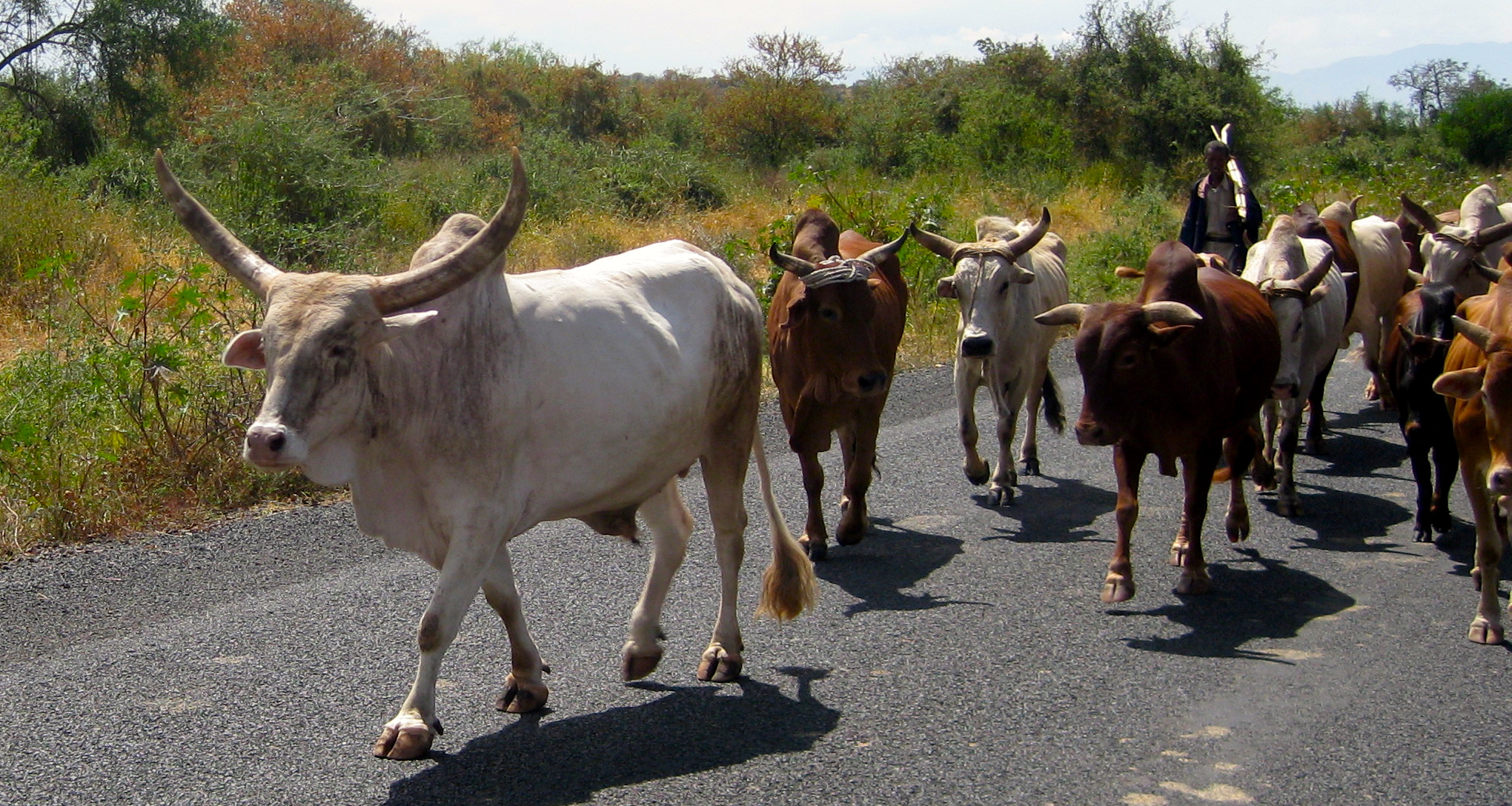 New research uses almost 50 years of data to investigate how climate has affected cattle holdings in Africa since 1961. Such research is important also to understand the distribution of mosquitoes that transmit malaria.
New research uses almost 50 years of data to investigate how climate has affected cattle holdings in Africa since 1961. Such research is important also to understand the distribution of mosquitoes that transmit malaria.
Lunde TM and Lindtjørn B. Cattle and climate in Africa: How climate variability has influenced national cattle holdings from 1961–2008. PeerJ 2013; 1:e55
The role of cattle in developing countries is as a source of high-quality food, as draft animals, and as a source of manure and fuel. Cattle represent important contribution to household incomes, and in drought prone areas they can act as an insurance against weather risk. So far, no studies have addressed how historical variations in temperature and rainfall have influenced cattle populations in Africa.
The focus of this study is to assess the historical impact of climate variability on national cattle holdings. We reconstruct the cattle density and distribution for two time periods; 1955–1960 and 2000–2005. Based on estimates from FAO and official numbers, we generated a time series of cattle densities from 1961–2008, and compared these data with precipitation and temperature anomalies for the same period.
We show that from 1961–2008 rainfall and temperature have been modulating, and occasionally controlling, the number of cattle in Africa.
